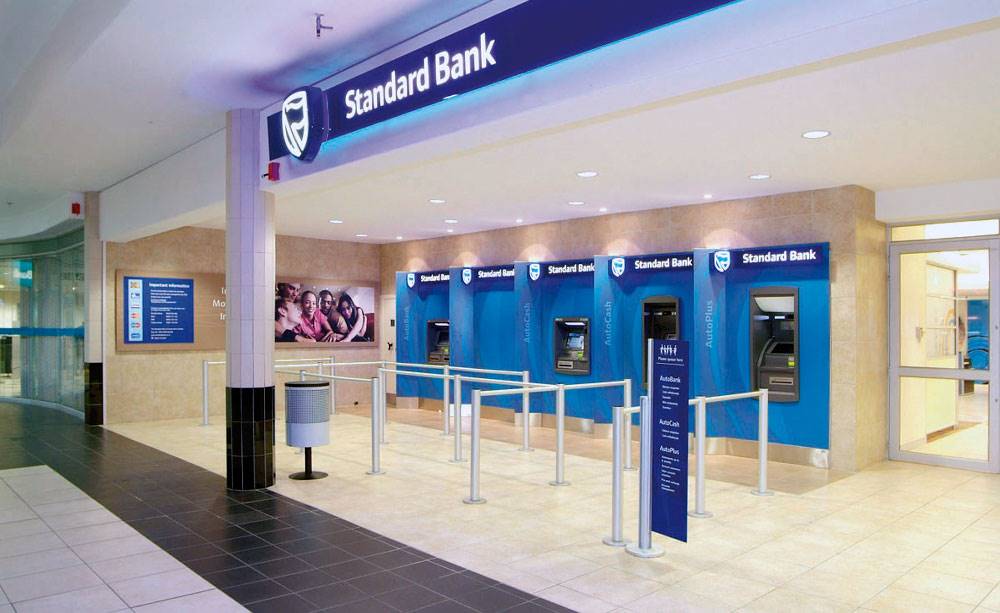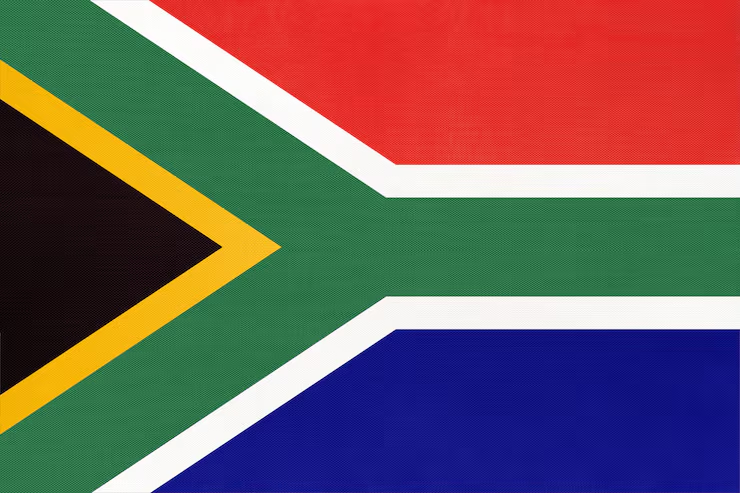Business
Brick by Brick: Why South Africa’s Banks Are Quietly Closing Their Doors

Customers go digital, banks go smaller – but what are we losing in the process?
It’s becoming a familiar sight in South Africa: a bank branch you’ve used for years suddenly gone, replaced by a vacant storefront or a pop-up kiosk. Across the country, major banks are scaling down their physical presence—some slowly, others more aggressively—as digital banking takes over daily transactions.
While the headline may say only nine branches closed across the major players in 2024, the real story lies in what’s happening behind the scenes—and beneath the surface of those statistics.
A quiet retreat from the high street
Standard Bank has led the charge in downsizing, cutting 26 “points of presence” (PoPs) over the past year. That includes not just full-fledged branches, but also kiosks—those slimmed-down service pods often found in malls or supermarkets. Since 2017, the bank has chopped its physical footprint by a staggering 42%, saving itself R768 million in the process.
Nedbank, too, has trimmed its branch count and gone a step further by reducing the actual floor space it uses. The bank now operates 118,000 square metres of retail space, down from 190,000 square metres in 2020.
Even Absa, which often plays the role of the quiet middle child among South Africa’s financial giants, has joined the retreat, with two fewer branches on the books in 2024.
But while these closures may seem modest on paper, they signal a broader cultural shift—one that has real consequences for communities, especially older or lower-income South Africans who still rely on face-to-face banking.
South Africa bank branch numbers 2024/25
| Bank | Branches FY23 | Branches FY24 | Change |
| Capitec | 866* | 880** | +14 |
| Standard Bank (SA)*** | 652 | 626 | -26 |
| FirstRand (FNB)**** | 616 | 625 | +9 |
| Absa | 618 | 616 | -2 |
| Nedbank | 547 | 543 | -4 |
| Total | 3,299 | 3,290 | -9 |
Capitec swims against the tide
Interestingly, while the giants contract, Capitec is taking a contrarian stance—adding 14 new branches over the past year. Why? Because it sees value in being where its clients are.
Capitec believes there’s untapped potential in South Africa’s informal economy, where traditional credit systems and insurance products are either inaccessible or unfamiliar. By expanding in these underbanked areas, the bank is positioning itself not just as a service provider, but as a growth partner for communities long left behind.
It’s a strategy that aligns with Capitec’s DNA: high-touch service in a low-cost model. Their branches, which now number 880, are less about queues and tellers, and more about consultants helping customers sign up for new products, insurance offerings, and payment solutions.
Public reaction: confusion, concern and a sense of loss
On platforms like Facebook and X (formerly Twitter), the reaction to branch closures has ranged from practical concern to outright frustration. One Johannesburg pensioner posted that she had to take two taxis and wait in line for over an hour just to access basic banking services. Others have raised questions about job losses, with fewer branches often meaning fewer front-line employees.
For older clients or those without stable internet connections, the shift to digital-first banking doesn’t always feel like progress. It can feel like abandonment.
A new kind of access—or just less of it?
Banks defend these decisions as forward-looking and cost-saving. And from a business standpoint, they’re right: fewer physical locations mean lower rent, fewer staff, and more focus on digital infrastructure. As Standard Bank put it, “We know many clients still need to process cash and meet in-person for complex issues—but we continue to optimise.”
But “optimising” often means replacing human interaction with screens and automation. That’s fine for checking balances or sending money. It’s less ideal when you need guidance, empathy, or clarity—especially in a crisis.
The long game: what does the future of banking in South Africa look like?
South Africa is not alone in this trend—banks globally are reducing physical spaces in favour of digital apps and virtual assistants. But unlike highly digitised societies, South Africa remains a country with massive disparities in internet access, financial literacy, and digital confidence.
Capitec’s gamble suggests there’s still value in being physically present. And perhaps there’s a lesson in that for the rest of the sector: digital convenience shouldn’t come at the cost of human connection.
As we edge toward an increasingly virtual banking world, the real question becomes: who gets left behind?
{Source: BusinessTech}
Follow Joburg ETC on Facebook, Twitter , TikTok and Instagram
For more News in Johannesburg, visit joburgetc.com


























